Industry information
Company News
- Fluorocarbon aluminum veneer: not just aluminum, but also a perfect fusion of art and technology
- Fluorocarbon aluminum veneer: the new darling of modern architecture?
- Hyperbolic aluminum veneer: a new luxury in aluminum materials and a unique choice for architectural aesthetics
- Punched aluminum veneer: the fashionable choice for modern architecture?
- Unveiling the Charm and Applicability of Fluorocarbon Aluminum Veneers
Industry dynamics
- word
- Interior decoration design fluorocarbon aluminum veneer
- Punched aluminum veneer: a delicate interpretation of architectural aesthetics
- Aluminum veneer: the beauty of industry, the choice of simplicity
- Exploring perforated aluminum veneer: the new favorite of fashionable architecture
Frequently asked questions
- What impact does aluminum veneer have on the durability of buildings?
- Can the insulation function of aluminum veneer reduce the energy consumption of buildings?
- Is there any restriction on the size customization of aluminum veneer?
- What are the advantages of aluminum veneer compared to other building materials in modern architecture?
- What is the sound absorption effect of aluminum veneer?
contact us
Mobile:+86 15627778610
Email: 2201229786@qq.com
Address: No. 5 Binjiang Road, High tech Zone, Zhaoqing City, Guangdong Province
What are the surface treatment methods for hyperbolic aluminum veneer?
- Author: Jinba Aluminum Industry (Guangdong) Co., Ltd
- Release time: February 15, 2025 17:15:10
- Click:0
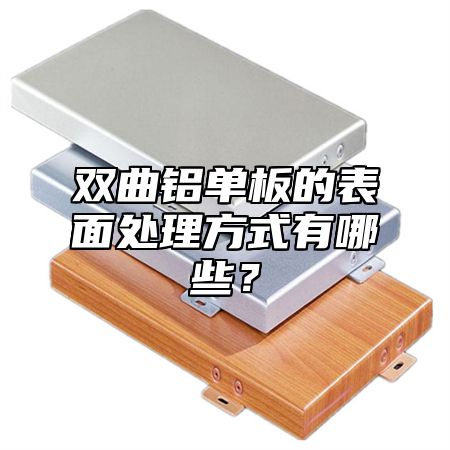
hyperbolicAluminum veneerAs a new type of building material, it has the advantages of lightweight, high strength, and corrosion resistance, and is widely used in various fields such as building decoration, curtain wall engineering, and roof engineering. In the production process of hyperbolic aluminum veneer, surface treatment is also a very important step. Below is a detailed introduction to the surface treatment methods of hyperbolic aluminum veneer.
Anodizing treatment is a common surface treatment method for hyperbolic aluminum veneer. By using hyperbolic aluminum veneer as an anode and conducting electrochemical reactions in the electrolyte, a dense oxide film is formed on its surface, thereby improving its corrosion resistance and wear resistance. After anodizing treatment, the hyperbolic aluminum veneer also has a certain decorative effect, which can present different colors and textures.
Spray coating is also a common surface treatment method for hyperbolic aluminum veneer. By placing the hyperbolic aluminum veneer into the spray booth and using a spray gun to spray various colors and patterns of paint on its surface, a unique decorative effect is formed. Spraying treatment can also improve the weather resistance and wear resistance of hyperbolic aluminum veneer.
Again, wire drawing treatment is also a common surface treatment method for hyperbolic aluminum veneer. By using a special wire drawing machine to pull out fine thread like patterns on the surface of hyperbolic aluminum veneer, the decorative effect and texture are improved. Wire drawing treatment can also increase the strength and hardness of hyperbolic aluminum veneer.
Finally, it should be noted that when choosing hyperbolic aluminum veneer, the selection should be based on actual needs and budget factors, and hyperbolic aluminum veneer products with good quality and service should be chosen. During the application process, corresponding waterproof measures, anti-corrosion measures, and fire prevention measures should be taken to ensure the safety and health of the building.
There are various surface treatment methods for hyperbolic aluminum veneer, including anodizing treatment, spraying treatment, wire drawing treatment, etc. We should closely monitor the latest developments and application cases in the hyperbolic aluminum veneer market, and actively promote the application and development of hyperbolic aluminum veneer in various fields. During the application process, attention should be paid to construction quality and safety issues to avoid potential safety hazards and quality problems.

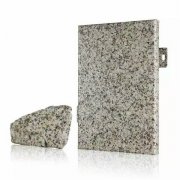
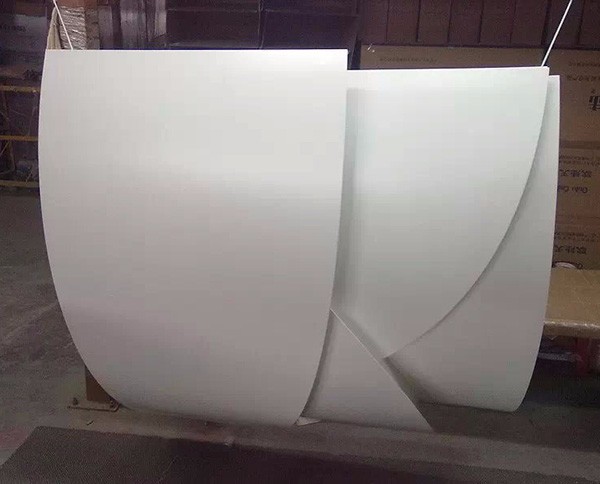
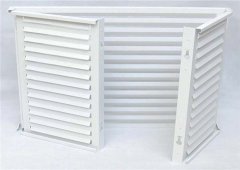
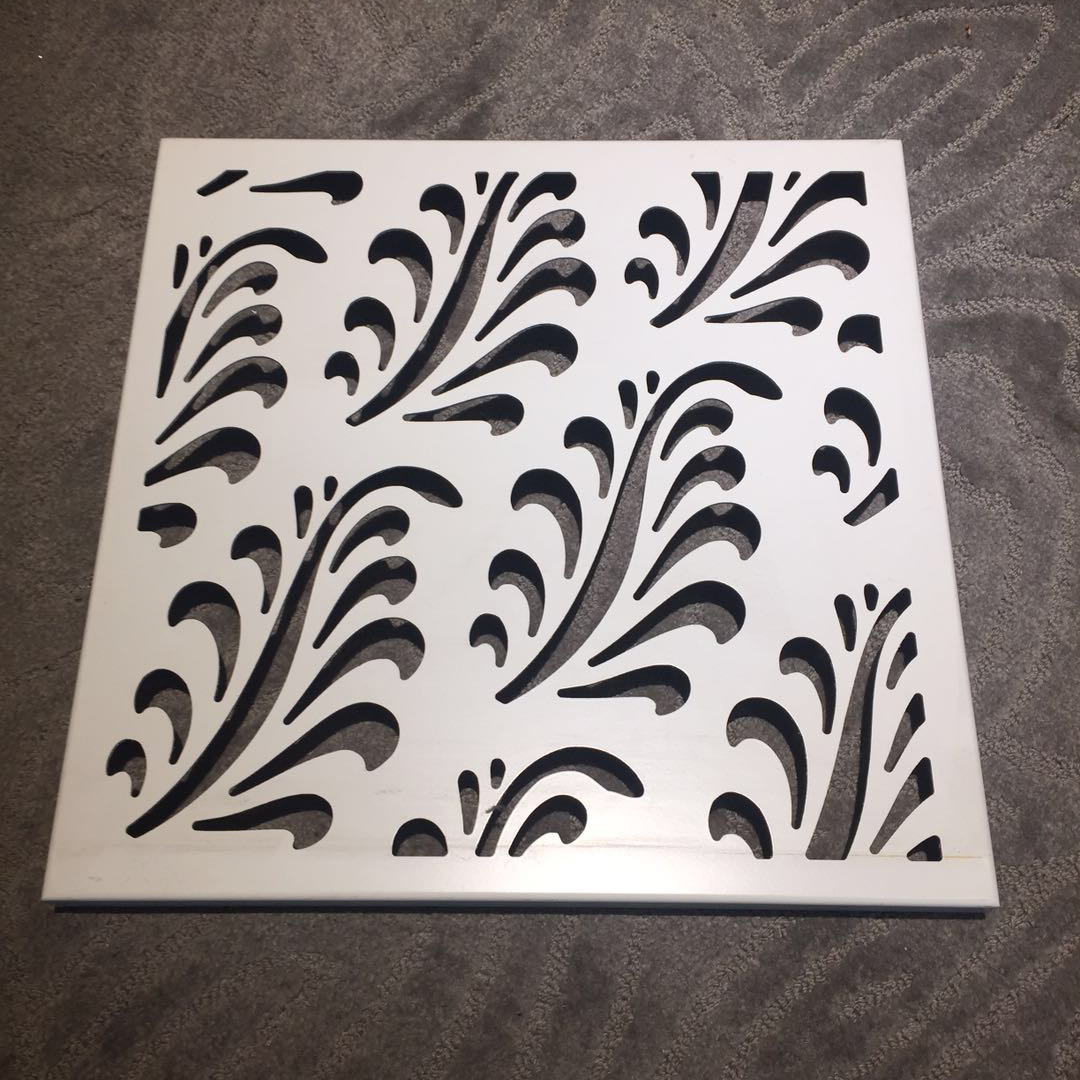
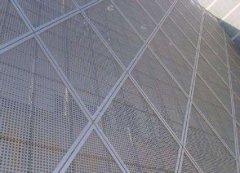
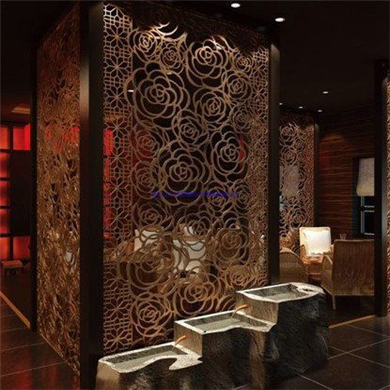
 Customer service QQ
Customer service QQ